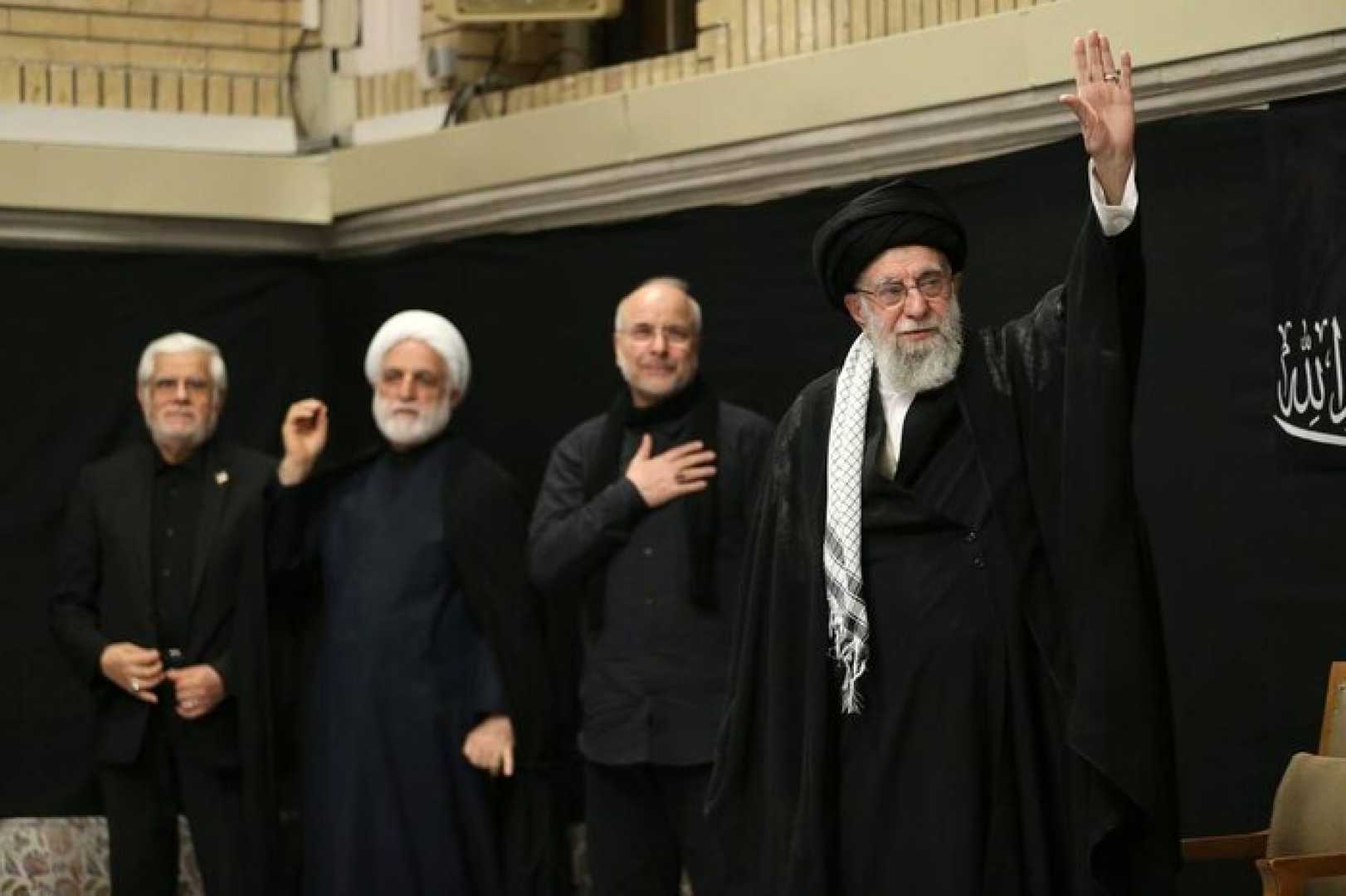News
Khamenei Makes First Public Appearance Amid Ongoing Iran-Israel War

TEHRAN, Iran — Iran’s Supreme Leader Ayatollah Ali Khamenei made his first public appearance on Saturday since the outbreak of the 12-day conflict between Iran and Israel. He attended a mourning ceremony at the Imam Khomeini Mosque in Tehran, coinciding with the eve of Ashoura, an important date for Shia Muslims.
Khamenei’s absence during the conflict raised speculation about his whereabouts, with some believing he was in a secure location. State television showed him waving to a cheering crowd as he entered the mosque. The ceremony was attended by Iranian officials, including the parliament speaker.
On June 13, Israel launched airstrikes on Iran, sparking the conflict. Khamenei’s last public address before the fighting was two days prior. He appeared in a pre-recorded statement on June 26, saying Iran had delivered a “slap to America’s face” by striking a U.S. airbase in Qatar. U.S. President Donald Trump responded, suggesting Khamenei had to “tell the truth” about Iran’s situation.
Since the war began, Iranian authorities reported over 900 deaths and thousands of injuries. In retaliation, Iran fired ballistic missiles at Israel, resulting in 28 Israeli casualties. The conflict has raised concerns regarding the state of Iran’s nuclear facilities, which have reportedly sustained significant damage.
Iran has struggled with inspections from the International Atomic Energy Agency (IAEA). After a ceasefire was agreed upon, Iran suspended cooperation with the IAEA, complicating the international response to Iran’s nuclear ambitions.
Khamenei’s appearance brought relief to many in Iran, where the month of Muharram symbolizes reflection and mourning. The ceremony marked the martyrdom of Imam Hussein, the grandson of Prophet Muhammad, who is a key figure in Shia Islam. As Khamenei addressed the crowd, supporters showed their loyalty with chants and displays of fervent devotion.
Despite the war’s destruction, early reports suggest that Iran’s nuclear capabilities remain intact, with future production of enriched uranium possible within months.












